Pulsars – Those that existed and those that still exist
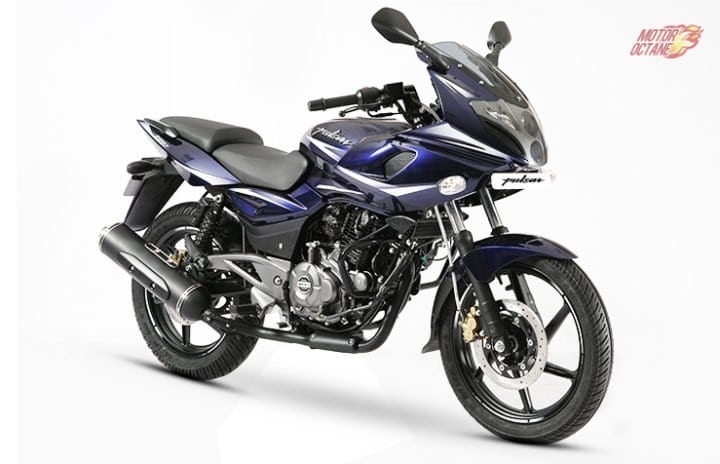
Bajaj had introduced the pulsar brand with the motive in mind to bring an exciting motorcycle in the market. That was the time when people were going crazy behind the Hero Honda splendour and the CBZ 150 was the only motorcycle which packed a punch. The two-stroke bikes were off the shelf and there was nothing interesting in the market. So in the year, 2001 Bajaj launched the first generation of Pulsar. This was just the start of something new in the market and this is the article that will take you on a ride explaining the journey of the pulsar.
Pulsar Twins
No, these were not twin-cylinder motors, instead, there was two displacement engine on offer. The pulsar 150 and the pulsar 180. This generation of pulsar had a single spark plug design and the engine was air-cooled. But the engine still made 15 bhp of power which was more than sufficient at that time. The bike had an iconic round headlamp which did not make a comeback in the later models. These bikes were the only time when you could own a non fared pulsar.
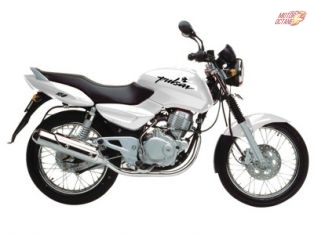
DTS-i introduction
The next update was given to the engine on both bikes. This was the introduction of the twin spark technology which proved to be extremely ahead of its time. The technology is still in use and you can still see it on the Pulsar 125. The DTS-i technology gave the pulsar an increase of 1 bhp and that was an improvement on paper. The bike was also introduced with the twin horns and alloy wheels. These were twin-spoke alloy wheels which looked premium on the bike. Until 2007 there were only 150 and 180cc pulsars. They got a redesigned tank and a front was changed from the round headlamp to the design that is the basis of the design that exists now.
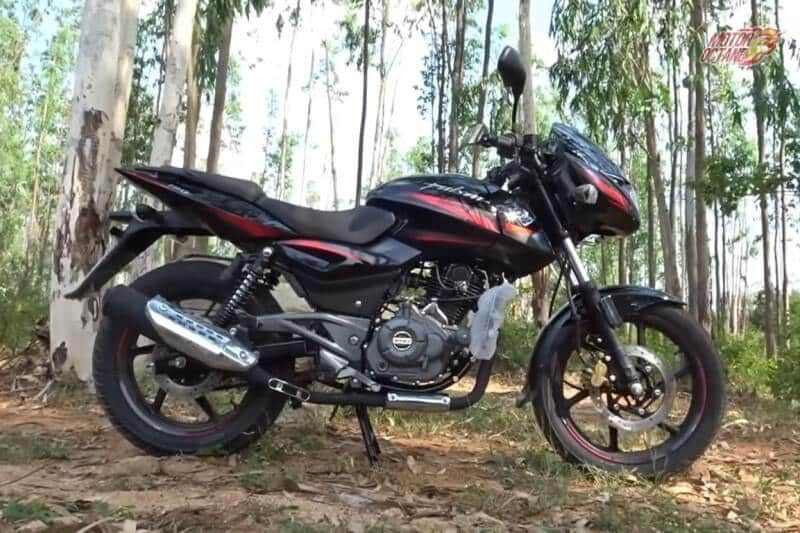
The Fastest Indian
After the redesign of the pulsars in 2006, the year 2007 was when the company launched the Bajaj Pulsar 220 DTS-Fi. This was launched along with 180 DTSi. The bike got a lot of new features and it changed the Indian motorbiking scene completely. The Pulsar 220 was a bike which got a number of first-time features. The bike got a rear disc brake and the fuel injection system was introduced in the lineup. The bike also got an oil cooling technology which maintained the bike’s oil temperature which was necessary to maintain the speeds on this bike. This created the main 3 bikes the company was originally known for. The later updates to these bikes were the addition of some graphics and cosmetic updates. The Pulsar 150, 180 220 are the bikes which still sell in the Pulsar lineup. There has been a special edition of the Pulsar 200 which made its flash in 2010 and the latest Pulsar 125 is the baby pulsar that was introduced with a BS6 engine.
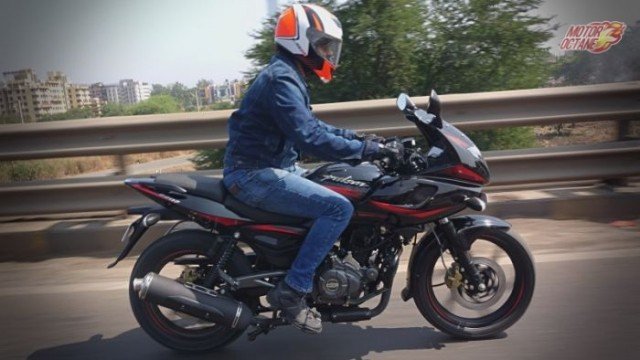
Sport Series
The Pulsar brand began its march towards a new direction in 2009 when it introduced the Pulsar 135 LS. This was a bike which showed that Pulsars can be light too. The bike had a lot of fibre material on it and it was new at that time. The bike also a 4 valve motor and had an impressive performance. The bike weighed only 122 kg and was a good bike for teenagers. The LS in the name was for light sport.
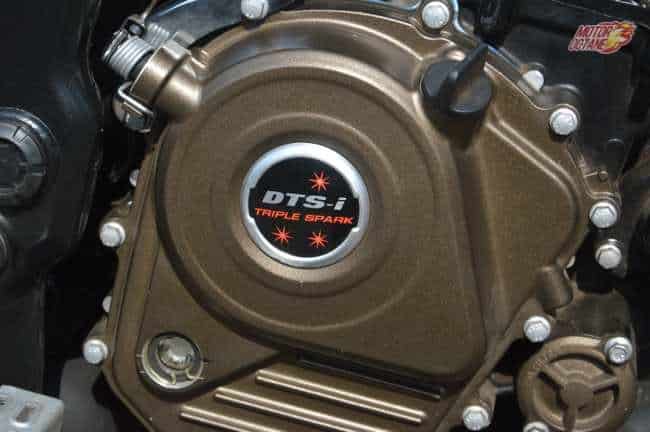
In 2012 the company partnered with KTM and brought the NS. This was the first naked street bike and the NS stood for Naked Sport. It had a 200 cc mill that was borrowed from the KTM Duke 200 but it had been made carbureted and detuned. The bike also had a triple spark plug technology. This was also the first time when a mono-shock system was introduced in the bikes.
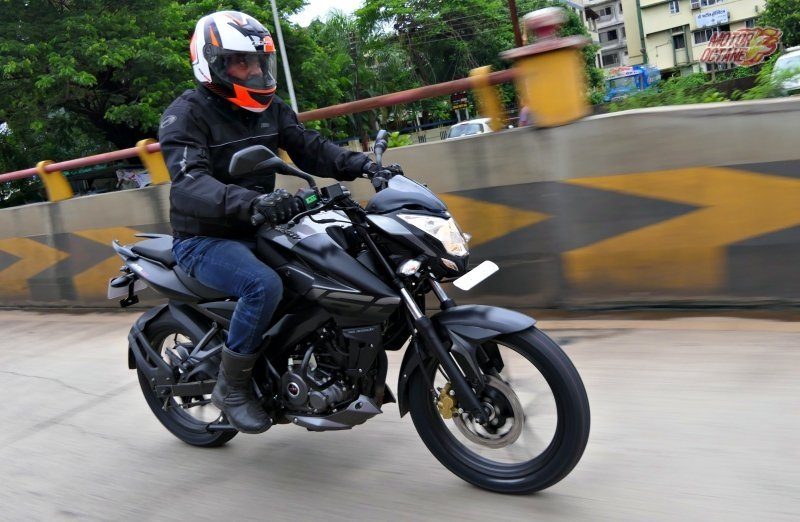
With the RS 200, the company had announced a 400 cc bike but the bike came with the same 200cc engine as on the NS200. The RS 200 was fuel injected and became the most powerful pulsar ever. This also got a single-channel ABS. In 2015, the company also launched an Adventure variant called Adventure Sport in 150 and 200 variants. Lastly, there was also a Pulsar NS 160 introduced. It had a smaller engine and was made more affordable.

Comments